[Headshot Photography by Vanie]
Thinking about bringing your favorite white outfit?
Think again! White is consistently mentioned by headshot photographers as a choice to stay away from or to use only as a layer underneath other clothing, especially if you have a dark complexion.
Enough clients ignore this advice to where I feel I should dedicate a post just for white wardrobe.
Tracy Evans: Lawyer / Detective / FBI Director
First, there is a very good reason photographers take the time to put together a wardrobe guideline document. We mostly want to help you come in prepared so you have a successful session.
However, there are other not so obvious reasons as well–reasons that your reps may not even be aware of. So if you’re one of the lucky ones who has a “hands-on” manager or an agent wanting to help you prepare wardrobe for your headshots, pay close attention!
Your rep may unknowingly pick out white and pastels as a top option rather than a bottom layer, and it’s important you communicate what you’re about to learn.
Karina Frederico: Creative Professional / Fitness
Sam Sabbah: Mafia / Blue Collar
Photographers expose for skin tone.
What this means is that we adjust the camera settings to flatter your skin tone and face. Bear with me… this is going to get a little geeky. In doing so, we over-expose the image, which, in layman’s terms, means we wash it out.
Washing out the skin tone gets rid of minor flaws and generally makes it look better. We all have a little vanity in us after all 😉 ! In turn, anything that is light in color becomes much lighter and much brighter.
When the wardrobe is brighter and lighter than the face, it becomes distracting. There are ways to get around this issue, but there needs to be some factors that work on our side.
Related article: Six tips demystifying wardrobe.
Maren McGuire: Secretary / Hero / Gamer
Ariana Anderson: Anti Heroine / Tom Boy / Hipster
CHEATING WITH WHITE
- The background needs to be light. If the background of the image is light and the outfit is light, then even though everything is brighter than the face, the face remains the focus. The eye is drawn to the only dark area in the photograph.
- The light outfit must not have any warm tones in it that are similar to skin tones. This way, we can cheat the brightness in post and bring down the whites in the blue tones without affecting your skin tone, which has red and orange tones. This saves retouching costs to fix the problem.
- Your own skin tone must also be pale. This way, even if the outfit has warm tones, the contrast between the brightness of the outfit and face will be minimal, therefore the distraction will be minimal.
Related article: Stay in the “safe” zone with wardrobe.
James Cobb: Villain / Office Guy
So if your skin tone is dark and you bring white or pastels as top options, as happened recently with one of my clients, in order to prevent your outfit from literally glowing, I have to make compromises.
Usually, the compromise involves under-exposing your skin tone so that the outfit doesn’t glow, and as I explained above, under-exposing skin tone usually means not cleaning up the flaws.
Kalyn Constable: Best Friend / Fashionista
Take time to read wardrobe guidelines.
Not only will you avoid inadvertently making mistakes that result in some form of compromise for your headshots, but you’ll be armed with the knowledge to educate your reps.
Our guidelines are there to give you parameters you can adhere to while gathering clothing for different looks. As long as you stick to those parameters, you’ll have plenty of options that are usable and you won’t limit your photographer on the technical side!
What’s your experience with light colors? Is my explanation too technical or does it make sense to you?
Robby Valls: Detective / Casual Dad / Comedian
Katey Zouk: Quirky Friend / Creative Business / Athletic
___
I love helping you by putting out this free information (often written on weekends and evenings) so please help me spread the word by commenting and or sharing this post on your social feed!🙏🏻
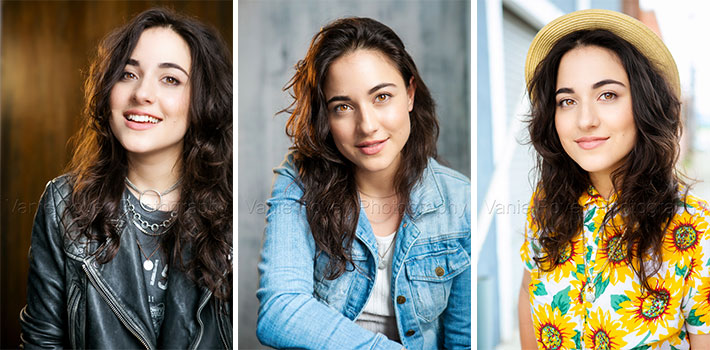
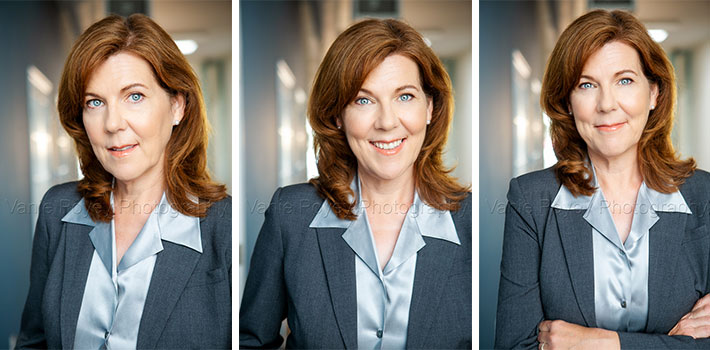
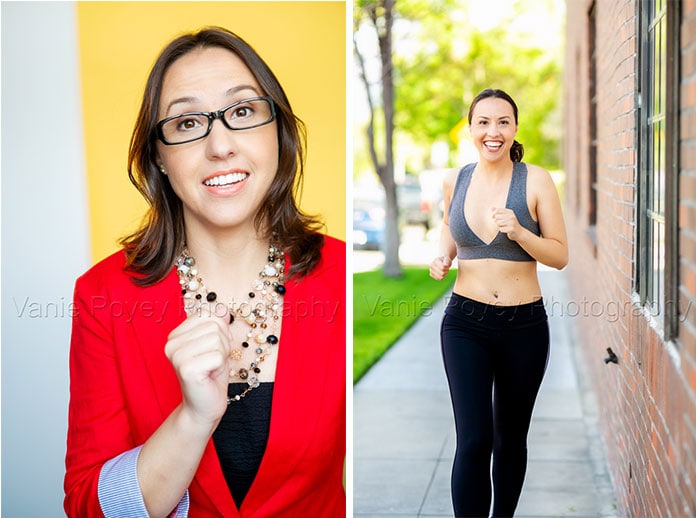

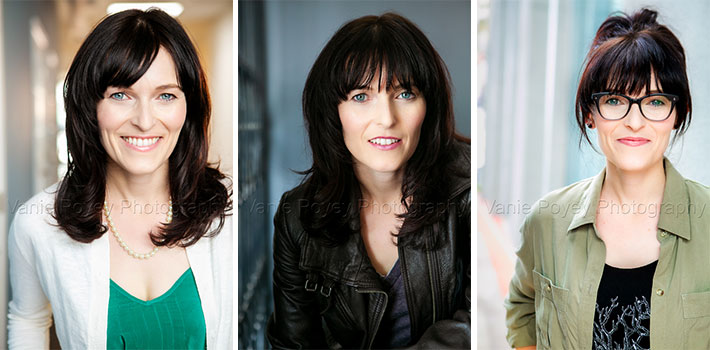
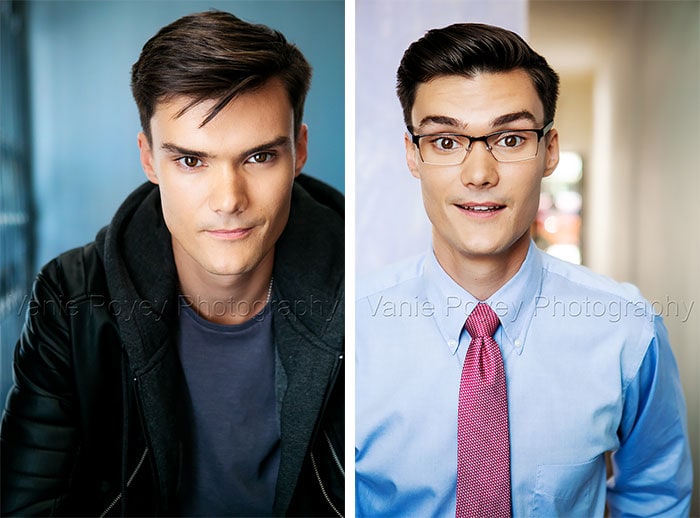
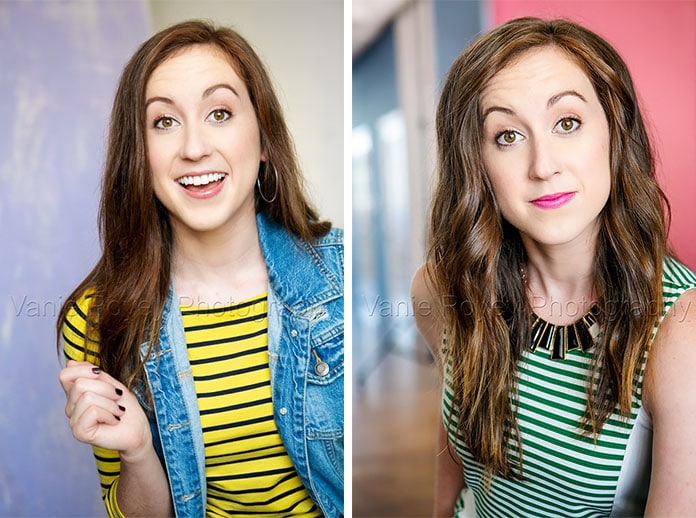
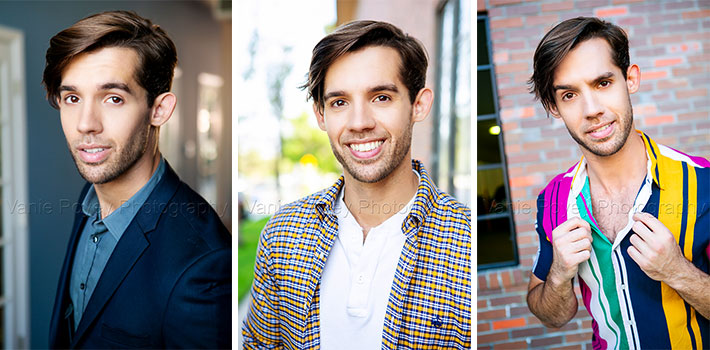
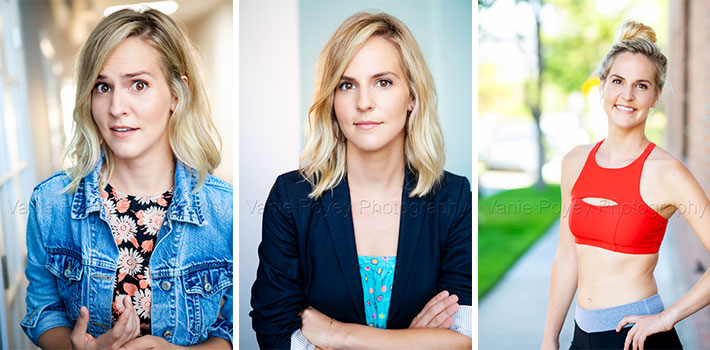
I think the most important thing an actor can give an agent or rep is a picture they can SELL. Obviously. So these looks are great. More than glam, which is what we sold back in the 70s, this is more practical and casting people can see where you’d fit in multiple roles rather than try to imagine where to put you. I had one casting director call me and ask whether I was “thin” or “fat.” If she’d had great shots, she might have been able to see me in both slots and decide if I were right for the role. In those days, I didn’t know from wardrobe. I wore t-shirts, shirts, cocktail dresses and “cutsie” outfits that I had no idea were good or bad, and a lot of them where WHITE!!